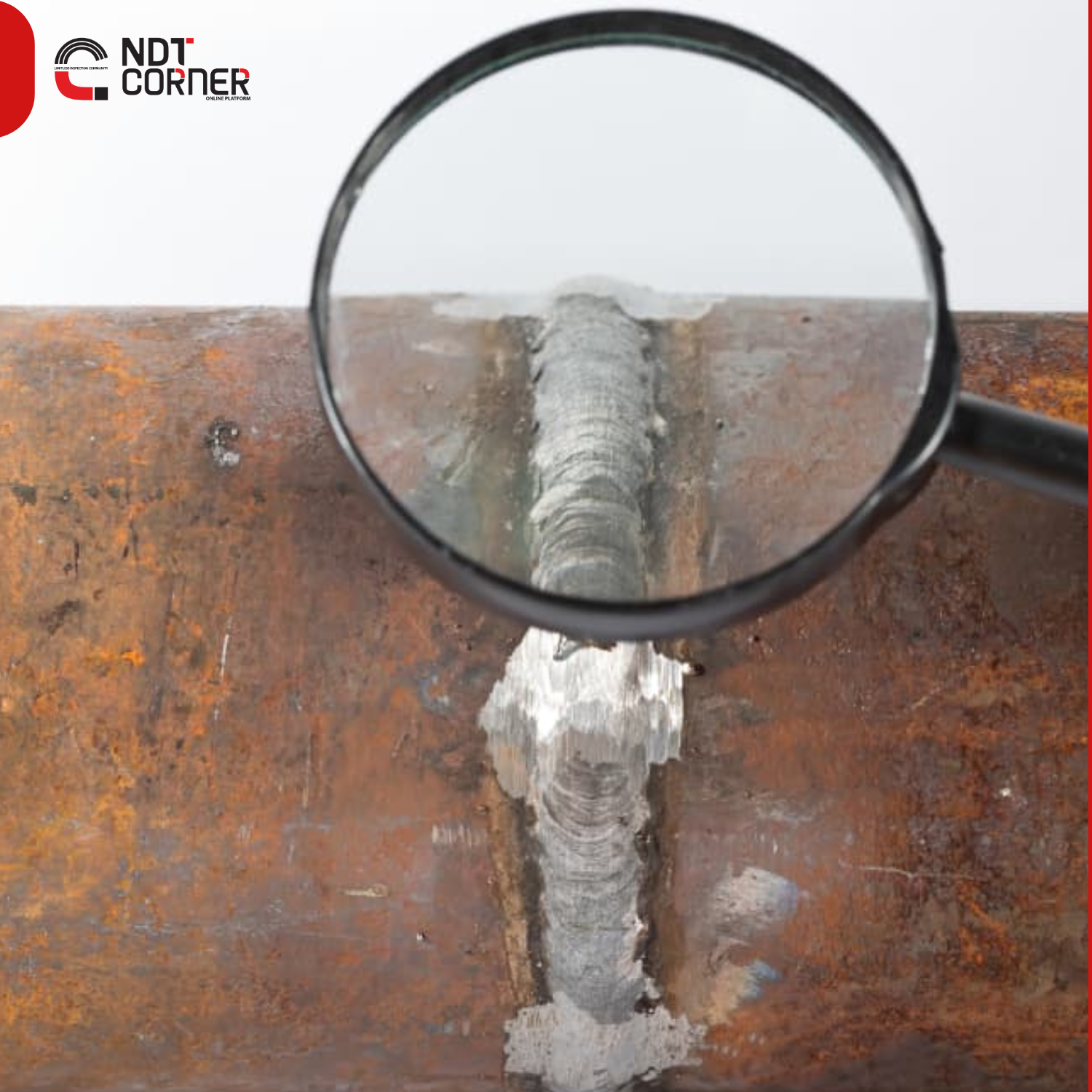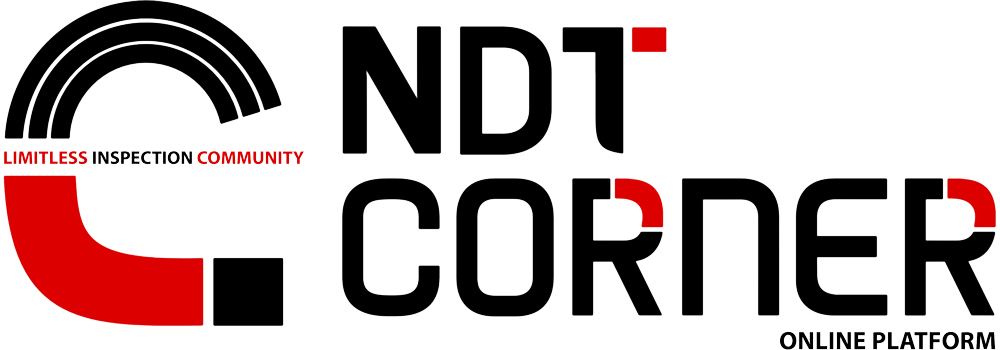
Visual Test (VT)
03 Jul 2022 Download PDF
Visual inspection (VT) is arguably the oldest and most widely used NDT method there is. For thousands of years, craftsmen have used their eyes to determine the quality of the products they made. In essence, this is still the case with a visual inspection. This method involves the visual observation of the surface of a test object to evaluate the presence of surface discontinuities such as corrosion, misalignment of parts, physical damage and cracks. Visual testing can be done by looking at the test piece directly, or by using optical instruments such as magnifying glasses, mirrors, borescopes and computer-assisted viewing systems. VT can be applied to inspect castings, forgings, machined components and welds and is used in all branches of industry.
VT refers to an NDT method that uses eyes, either aided or non-aided to detect, locate and assess discontinuities or defects that appear on the surface of the material under test. It is considered the cheapest NDT method. It is also considered as one of the most important NDT method and applicable at all stages of construction or manufacturing sequence. In the inspection of any engineering component, if visual inspection alone is found to be sufficient to reveal the required information necessary for decision making, then other NDT methods may no longer be considered necessary.
Visual inspection is normally performed by using naked eyes. Its effectiveness may be improved with the aid of special tools. Tools include fiberscopes, borescopes, magnifying glasses and mirrors. In both cases, inspections are limited only to areas that can be directly seen by the eyes.
However, with the availability of more sophisticated equipment known as borescope, visual inspection can be extended to cover remote areas that under normal circumstances cannot be reached by naked eyes. Defects such as corrosion in boiler tube, which cannot be seen with naked eyes can easily be detected and recorded by using such equipment.
Although considered as the simplest method of NDT, such an inspection must be carried out by personnel with an adequate vision. Knowledge and experience related to components are also necessary to allow him to make correct assessment regarding the status of the components.
VT Advantages:
-
Low cost
-
Portable equipment (if any)
-
Immediate results
-
Minimum special skills required
-
Minimum part preparation
VT Limitations:
-
Only suitable for surfaces than can be viewed
-
Usually only larger defects can be detected
-
Scratches can be misinterpreted for cracks
-
Quality of inspection influenced by surface condition, physical conditions, environmental factors and physiological factors
VT LEVEL II BOOK
